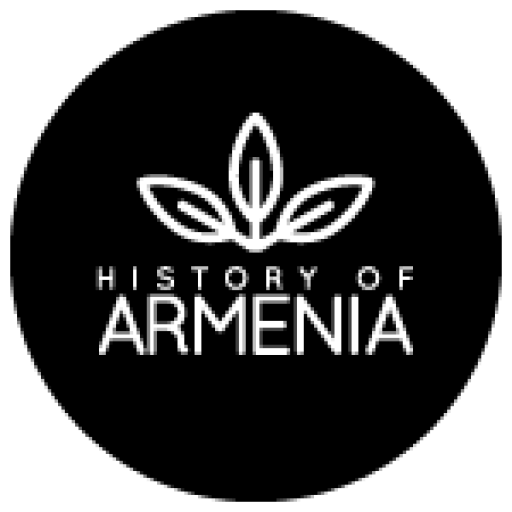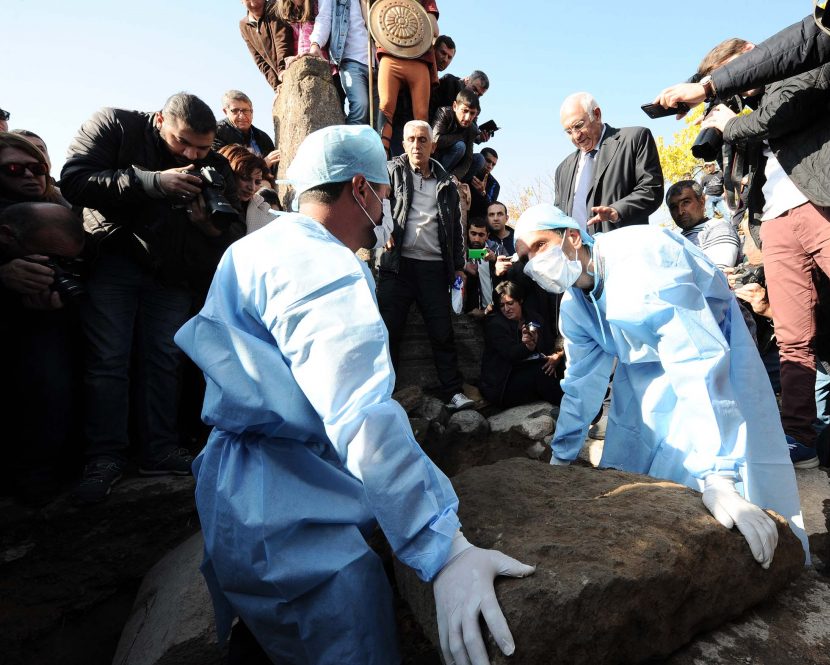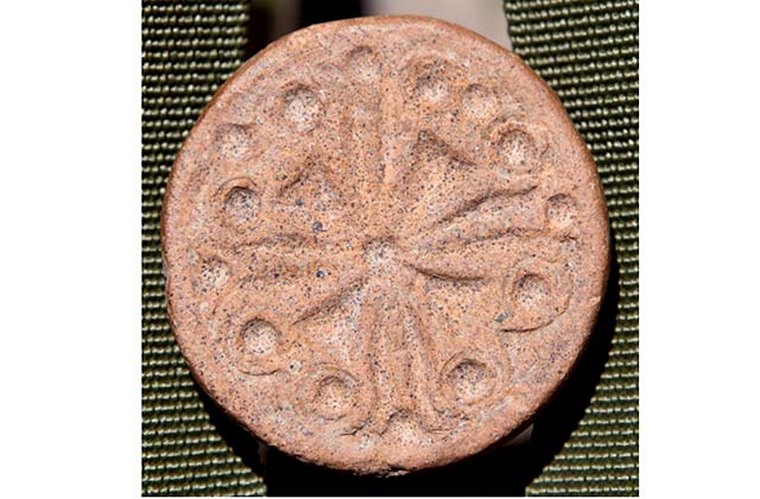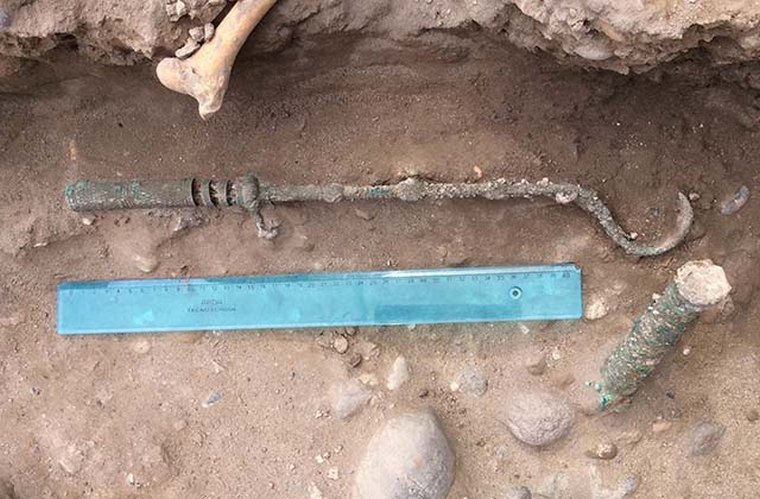Late in 2016, an archaeological site in the village of Aghdzk, Aragatsotn province, Armenia including the tomb of kings, basilica church, monuments, and cross-stones shards was discovered.
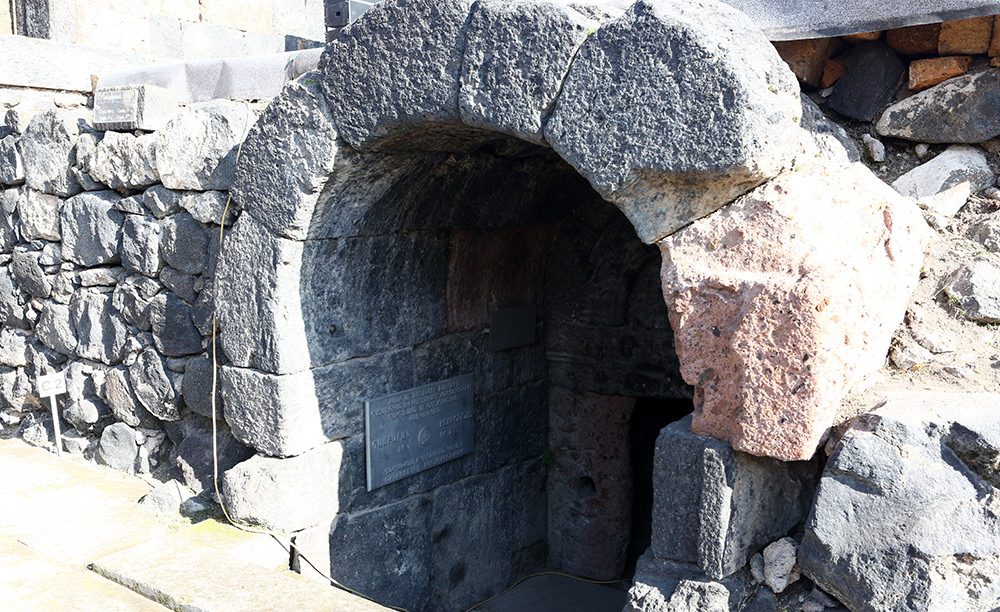
According to archaeologist Hakob Simonyan who recently presented the results, the excavation site dates back to the 4th century A.D. and belongs to Arshakuni kings.
Three sealed stone chests were discovered in front of the altar. Two of them were unlocked and had human remains in them. The third chest, however, has not been opened yet as archaeologists want to open it in the presence of high-ranking officials and journalists. According to the preliminary plans, excavations will continue for another year.

What do we really know?
However exciting the news seems to be, there is skepticism about the exact dating of the recent discoveries. According to Dr. Armen Martirosian, who works as a genetic anthropology consultant and also happened to have worked at the archeological site of Aghdzk, there is no C14 data (radiocarbon) dating evidence to support anything 4th century.
I worked in the medieval cemetery (9-12th c) and didn’t see anything to support 4th century. The bones must be analyzed to at least narrow a date (which were found within the medieval cemetery, which makes me doubtful of its provenance).
According to Dr. Martirosian, DNA analysis on the discovered remains is delayed due to the bad samples of the bones. There also seems to be a lack of funding and disinterest of academic institutions outside of Armenia in medieval DNA.
First, we need C14 data to confirm that they indeed come from the 4-5th centuries, then we’ll worry about the DNA. If the C14 does not support the assumption that these are from the Arshakuni era, there’s no point in wasting money on baseless sensationalism.
Dr. Martirosian noted that carbon dating normally costs around $800, but unless a sample is a good candidate for the preservation of viable organic material (DNA), it’s seldom performed.
What good is dating if you also can’t extract the DNA according to contemporary population genetic determination methods?
References:
- Relics of Armenian kings unearthed in Aghdzk archaeological site. 24-10-2016. Panorama.am
- Relic-chest opened in Aghdzk excavation site. 12-11-2016. Armenpress.am
- Tombs of Armenian Kings – Aghdzk, Armenia. 22-06-2017. Art-A-Tsolum.
